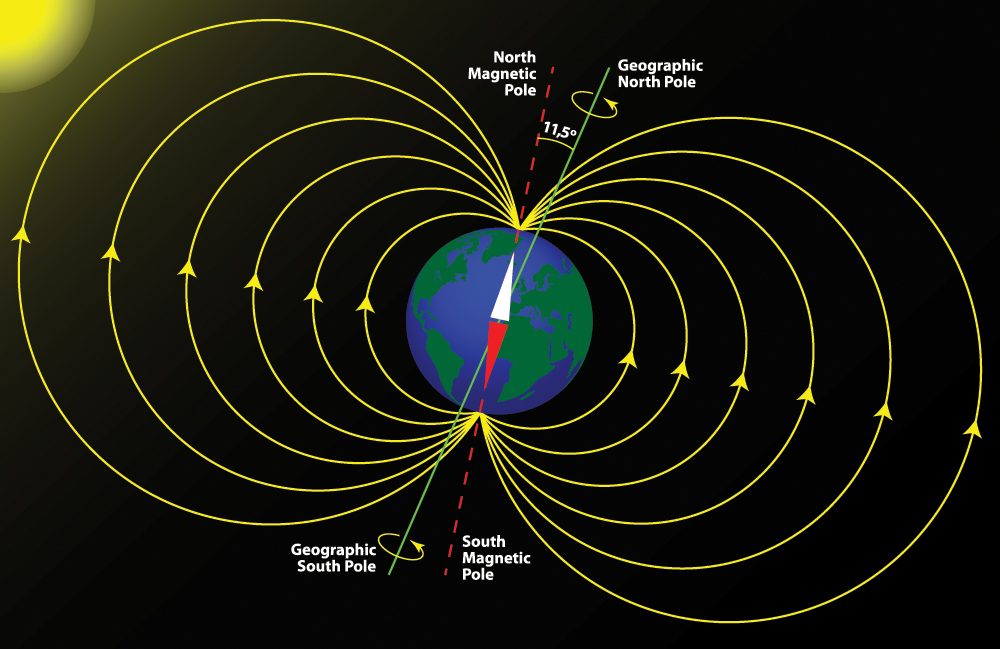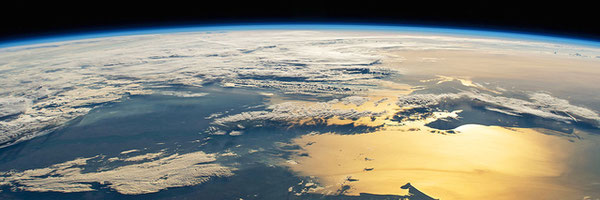Earths Story
Grade 7
Presentation
Problem
Although it may appear to be a minor issue, understanding the Earth's history is crucial for inspiring significant advancements in our development. By exploring intriguing facts about our planet's origins, we can ignite curiosity in young minds who have the potential to change the world for the better. It's important to recognize that many people are unaware of this vital information. Therefore, we are committed to equipping you with a comprehensive understanding of the Earth's origin and history.
Method
How we are researching this is by using trusted websites such as NASA who have a better understanding in space the we do since, our young minds finding interest in these such topics.
How we check if the wbsites are safe
We first check if we can edit the website and right click on our mouse clickk "inspect" and see if we can change anything and why we didn't use wikipedia and checking the about us section or something simeral to that.
Research
Research on Earth's story
Earth's layers-
Earth also has layers, including an oceanic crust. Crust, upper mantle, lower mantle, outer core, inner core and lithosphere, continental crust, and asthenosphere are the layers at the same level as the continental crust or below us way below us.
Earth’s geological time scale
The geological time scale began 4.55 billion years ago and continues today. It divides the history of the Earth into shorter units based on the appearance and disappearance of different forms of life. Formal geologic time begins at the start of the Archean Eon (4.0 billion to 2.5 billion years ago) and continues to the present day. Eons, eras. Periods, epochs, and ages were all part of Earth's history
Development of the atmosphere
In the early stages of Earth’s development, the initial atmosphere consisted predominantly of hydrogen and helium. The aforementioned entity had a relatively brief existence and can be characterized as having an advanced age.
This layer was dissipated by the heat emanating from the molten crust and the solar wind.
The presence of a stable atmosphere on a planet cannot be sustained by hydrogen and helium unless the planet exhibits a considerable mass.
These elements exhibit a higher probability of achieving escape velocity as a result of stochastic thermal fluctuations. This phenomenon partly explains the scarcity of hydrogen and helium in the present-day atmosphere of the Earth.
The modern atmosphere
The term “air” refers to the gaseous mixture that constitutes the Earth’s atmosphere and is utilized in respiration and the process of photosynthesis.
According to scientific data, the composition of dry air in terms of volume is approximately 78.09% nitrogen, 20.95% oxygen, 0.93% argon, 0.039% carbon dioxide, and trace amounts of other gases such as neon, helium, ozone, and hydrogen.
The atmosphere comprises a fluctuating quantity of water vapor, constituting 4% of its volume and 3% of its weight. An unfiltered air sample may contain a variety of natural substances in minuscule quantities, such as dust, pollen, salt, smoke and spores, sea spray, and volcanic ash.
Several industrial pollutants, including chlorine, fluorine, elemental mercury, and sulfur compounds, may be detected.
The atmospheric composition remains relatively stable up to an altitude of 50 km above the Earth’s surface, except for the presence of ozone and water vapor.
Development of the oceans
The development of the oceans is closely linked to processes such as volcanic outgassing and the delivery of water-rich comets and asteroids. The gradual accumulation of water on the surface created a hospitable environment for the development and sustenance of life.
The Earth's Core
The Earth's core consists of two sub-layers: the inner and outer core. The inner core has a radius of 1,220 km, while the outer core extends to a radius of 3,400 km2. The density of the outer core ranges between 9,900 and 12,200 kg/m32. The pressure in the inner core is over 3 million times greater than on Earth's surface. The inner core is solid despite its high temperatures (around 5,200°C) due to immense pressure. The outer core is liquid, with temperatures ranging from 4,400°C to 6,100°C, creating the Earth's magnetic field.
How do we have the Earth’s Moon?
The Earth and Thia collided and a chunk of debris so large came into Earth's orbit becoming the moon well 2 1 big 1 small and they collided which is why we have 1 moon.
Magnetic Field of The Earth
The Earth's magnetic field, also known as the geomagnetic field, is created by the rotation of the Earth and its core. It acts as a protective shield against harmful particles in space, such as solar wind and solar flairs and the magnetic field has 6 layers.
What are Earth’s Tectonic plates?
Tectonic plates are large, irregular-shaped slabs of rock making up the Earth's crust and upper mantle. They float on top of a semi-liquid layer of rock called the asthenosphere. Tectonic plates connect the parts of Earth's lithosphere and can range in size from hundreds of kilometers wide to thousands of kilometers across
Earth’s Atmosphere
Earth’s atmosphere is similar to a jacket for our planet. It surrounds our planet, keeps us warm, gives us oxygen to breathe, and it is where our weather happens. Earth’s atmosphere has six layers: the troposphere, the stratosphere, the mesosphere, the thermosphere, the ionosphere, and the exosphere. Its uses are the Troposphere- The lowest part of the atmosphere and contains the air and water vapor
Ozone- Absorbs most of the radiation from the sun
Stratosphere- Protects us from high UV radiation
Mesosphere- It slows the meteors from hitting Earth
Mesopause- It is the coldest layer of the atmosphere
Thermosphere- it absorbs an absurd amount of solar radiation
Exosphere- It is the last layer of the Earth making it from Earth's Atmosphere to outer space.
Earth’s Past Climate
During an ice age, Earth experiences glacial periods lasting tens of thousands of years and shorter interglacial periods. There have been at least five major ice ages over the past 4.6 billion years. These ice ages are followed by interglacial periods when the ice sheets retreat and the planet is free of ice.
Data
Around 4.5 billion years ago, a crucial event took place: a catastrophic collision that resulted in the formation of Earth. Before this, Gaia served as a prototype for our planet. The impact between Gaia and Theia was not just a disaster; it was the catalyst for the emergence of Earth as we know it. Today, as we exist here, we can clearly see the importance of that moment. If Gaia had not possessed the eight essential building blocks for DNA, life on Earth would not have been possible. It's clear that these components were vital for the development of life as we know it.Then the Earth's atmosphere,layers,tectonic plates,geological time scale,Earth's moon,magnetic feild and how Earth got oceans.



Conclusion
In conclusion me and my partner have realised that Gaia's (Earth) Gravity field was so strong that it pulled in Theia which made a collision between the two which created Earth. Scientist showed how there are bits of metal in our Earths crust which is maybe Theia. If Theia hadn't collided with Gaia us humans might be alive since Theia had good suitable living conditions. If Theia crashed in the middle of Gaia Earth wouldn't have existed at all or even humanity. Aswel as learning learning all of the other feature of the Earth,
Citations
https://www.oxfordstudent.com/2023/11/21/earths-past-collision-with-theia/
https://study.com/academy/lesson/the-lithosphere-definition-composition-quiz.html#:~:text=The%20lithosphere%20is%20the%20rigid,rough%20shape%20of%20the%20Earth. ( for some reason this isn't turning into a link)
https://www.sciencedirect.com/topics/earth-and-planetary-sciences/earth-mantle#definition
https://www.havefunwithhistory.com/
https://www.planetary.org/articles/how-did-earth-get-its-water
https://news.uchicago.edu/explainer/what-is-solar-wind#:~:text=The%20solar%20wind%20is%20a,throughout%20the%20entire%20solar%20system.
https://scied.ucar.edu/learning-zone/sun-space-weather/solar-flare#:~:text=A%20flare%20appears%20as%20a,release%20energy%20when%20they%20snap.
Acknowledgement
Kerry Offord, Maryam Qasim, Reynah Opoku-Aniagyei, Ayomide Obajuwon-Ogunlana,Satyapriya Jha (Dad)

